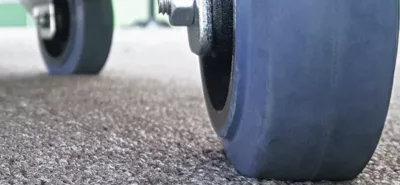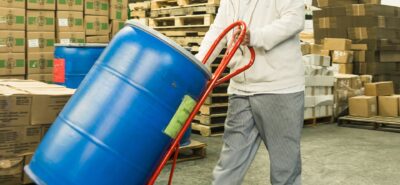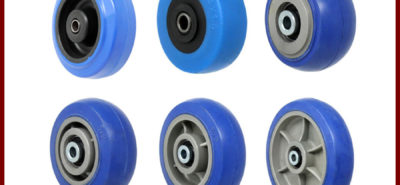Casters In Space
The European Space Agency (ESA) and the National Aeronautics and Space Administration (NASA) in the United States are building and moving things that are fragile, heavy, and hard to handle. Teams work in cleanrooms to keep sensitive equipment from getting dirty, which could cause damage worth millions of dollars. There’s no room for mistakes. A single piece of dust could cause a disaster.
They need a movement to move and place sensitive and expensive equipment in a cleanroom without damaging it. ESA and NASA use pallets with air casters, like those on a hovercraft or an air hockey table, to move loads easily and safely and keep the cleanroom in perfect shape.
Clearing the air about air casters
Aerospace equipment and vehicles, like satellites and spacecraft, are built, tested, and kept in cleanrooms because they have sensitive electronics and lenses and mirrors that need to be spotless to work right. Possible dangers include being exposed to residues, condensation, off-gassing, electrostatic forces and discharges, and microscopic particles, which can cause equipment to lose its calibration, perform poorly, or fail completely.
In these situations, air casters move heavy loads by lifting them on a thin layer of air in a flexible donut-shaped airbag. The compressed air-filled bag snaps into place and makes a tight seal around the floor, with any extra air leaking out between the bag and the floor. The result is a thin layer of air less than 0.005 inches thick, which is enough to lower the coefficient of friction to less than 1%. With frictionless movement, one person can safely move loads that weigh up to 5,000 lb. Standard shop air is used to inflate the air casters, so operators don’t need training or certification.
Material can be moved with air casters in a cleanroom because they are small, self-contained, and can move in any direction, including turning in place. They don’t take up as much space as a forklift and are more flexible and cheaper than cranes. They don’t make any dust, and a skirt attachment that fits around the air caster and hooks into a vacuum system keeps dust from getting on the floor. Air casters don’t make exhaust emissions, have bearings that need to be greased, or make volatile organic compounds (VOCs). They also don’t affect condensation, humidity, or the buildup of static electricity.
Before Orion crew vehicles fly, they float. Orion crew exploration vehicles are built in a facility made for air casters. This is a joint project between Lockheed Martin and NASA to support missions to the International Space Station (ISS).
NASA officials wrote that giving Lockheed Martin ownership of the Orion spacecraft for the Artemis I mission was important because Orion is a key part of NASA’s plans to explore deep space. “During Artemis I, the spacecraft will be launched by the world’s most powerful rocket and fly farther than any human-made spacecraft has ever flown before.”
“We have learned a lot about how to make a better Orion and how to design it… Mike Hawes, vice president and Orion program manager at Lockheed Martin Space, says that bringing down the cost and making them more quickly and efficiently will be key to making the Artemis program work.
Industrial casters, much like air casters, offer precise maneuverability for satellites in confined spaces where cranes fall short, ensuring a smooth, vibration-free movement with utmost accuracy.
Problems with moving things go away
Air casters make movement smooth and easy, and they don’t mess up the way equipment is calibrated. The smooth movement of air casters makes it possible to move heavy objects without jarring or shaking them. They also keep the load from being affected by flaws in the floor that could send shocks or vibrations through the object.
Air casters fit under and inside the load’s footprint, spreading the weight evenly and reducing surface loading. This means that air casters can be used on fragile raised floors or floors with expensive surface treatments, preventing wear and the formation of grooves and divots.
Jim Kemp, who used to be the director of Orion assembly at Lockheed Martin, says,




